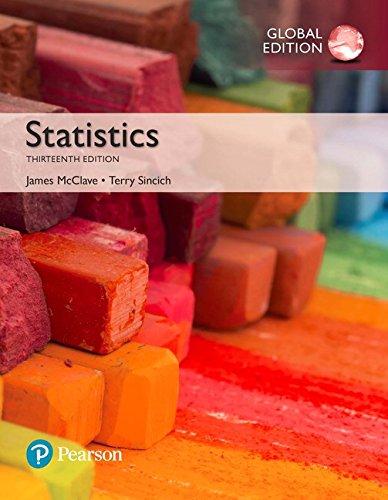Forest fragmentation study. Refer to the Conservation Ecology (Dec. 2003) study on the causes of fragmentation LO9
Question:
Forest fragmentation study. Refer to the Conservation Ecology (Dec. 2003) study on the causes of fragmentation LO9
of 54 South American forests, presented in Exercise 2.166
(p. 125). Recall that researchers developed two fragmentation indexes for each forest—one index for anthropogenic
(human development activities) fragmentation and one for fragmentation from natural causes. Data on 5 of the 54 forests saved in the FRAG file are listed in the following table.
Ecoregion (forest)
Anthropogenic Index, y Natural Origin Index, x Araucaria moist forests 34.09 30.08 Atlantic Coast restingas 40.87 27.60 Bahia coastal forests 44.75 28.16 Bahia interior forests 37.58 27.44 Bolivian Yungas 12.40 16.75
a. Ecologists theorize that a linear relationship exists bet ween the two fragmentation indexes. Write the model relating y to x.
b. Fit the model to the data in the FRAG file, using the method of least squares. Give the equation of the least squares prediction equation.
c. Interpret the estimates of b0 and b1 in the context of the problem.
d. Is there sufficient evidence to indicate that the natural origin index (x) and the anthropogenic index (y) are positively linearly related? Test, using a = .05.
e. Find and interpret a 95% confidence interval for the change in the anthropogenic index (y) for every 1-point increase in the natural origin index (x).
Step by Step Answer:






